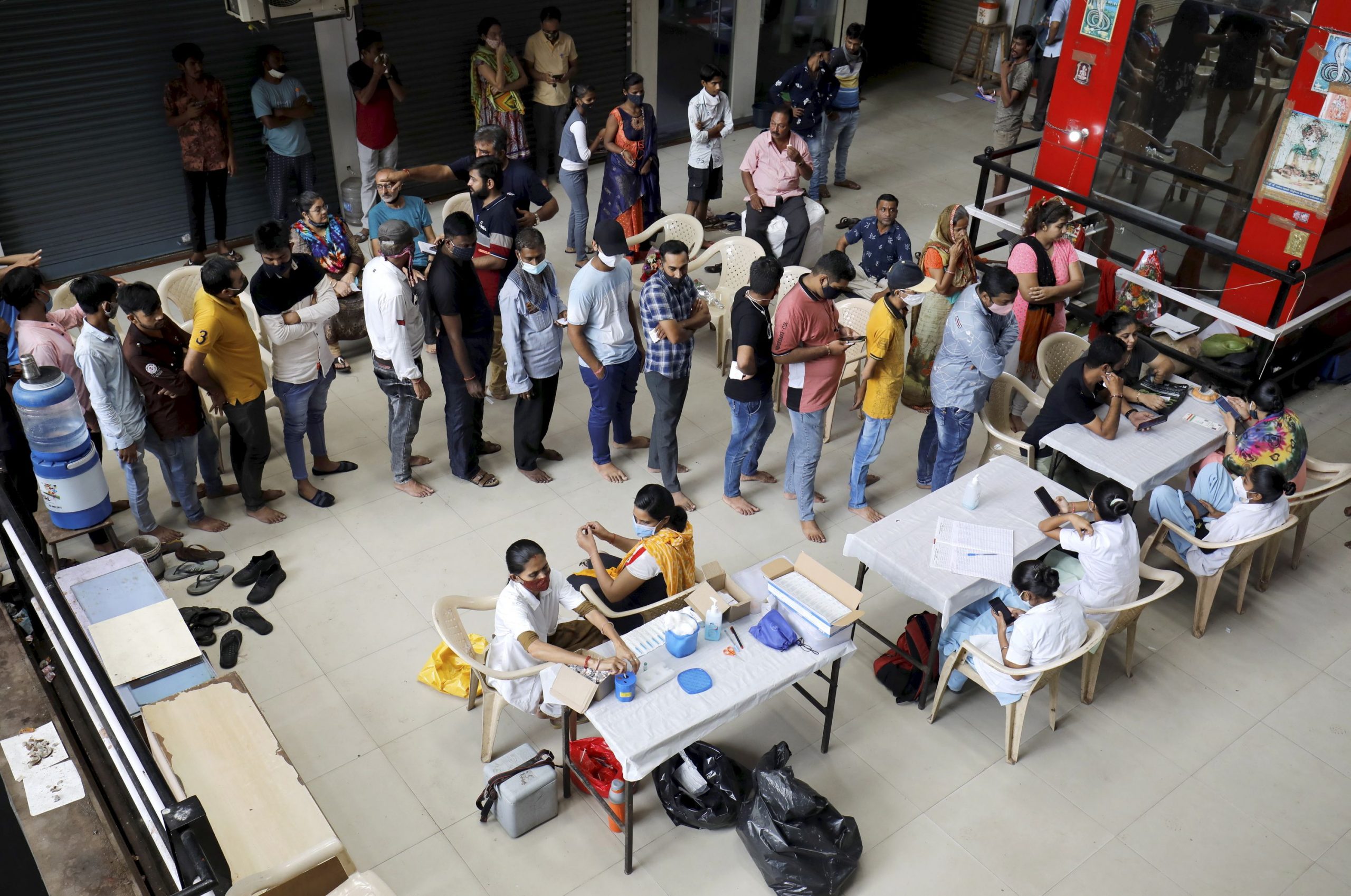Dr Randeep Guleria, chief of All India Institute Of Medical Science, on Sunday, said that the steady climb of India’s ‘R-value’ is a cause of concern. He also stressed the need for containing the spread of the virus in parts of India which is witnessing a rise in cases.
“Starting from .96, and going all the way up to 1, the rise in R-Value is a cause of concern. Simply put, this means that the chances of infection spreading from a person, who has COVID, to others have gone up,” NDTV quoted Dr Guleria as saying.
“The areas which are witnessing this surge should bring in restrictions and employ “test, track, and treat” strategy to break the chain of transmission,” Dr Guleria added.
This comes as India recorded more than 40,000 cases on Saturday, with the state of Kerala registering more than 20,000 cases for the fifth day in a row.
On Saturday, Kerala logged 20,624 fresh cases, pushing the infection caseload to 3,390,761, while 80 more deaths took the toll to 16,781, State health minister Veena George said.
As many as 16,865 people have been cured of the infection, taking the total recoveries to 3,208,969, leaving 1,64,500 active cases, a state government release said.
Malappuram was the worst affected district, logging 3,474 cases, followed by Thrissur (2693), Palakkad (2209), Kozhikode (2113), Ernakulam (2072), Kollam (1371), Kannur (1243), Alappuzha (1120), Kottayam (1111) and Thiruvananthapuram (969).
What is R-value?
An R-value of 0.95 means that every 100 people infected with the virus pass on the infection to 95 other individuals.
So, if the R-value is lesser than one, it means that the number of people getting infected is lower than the number of infected people in the preceding period. This points to the disease incidence going down.
The smaller the value of R, the decline of the disease in faster. The bigger the number is than one, the faster the rate of spreading.
According to reports, during the peak of the second COVID-19 wave, the overall R-value in India was estimated to be 1.37 between March 9 to April 21.
And after a steady decline (0.78 from May 15 to June 26), it climbed to 0.88 from June 20 to July 7 and then to 0.95 from July 3-22.







